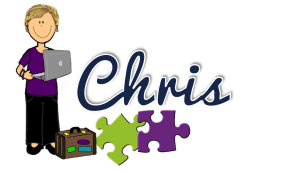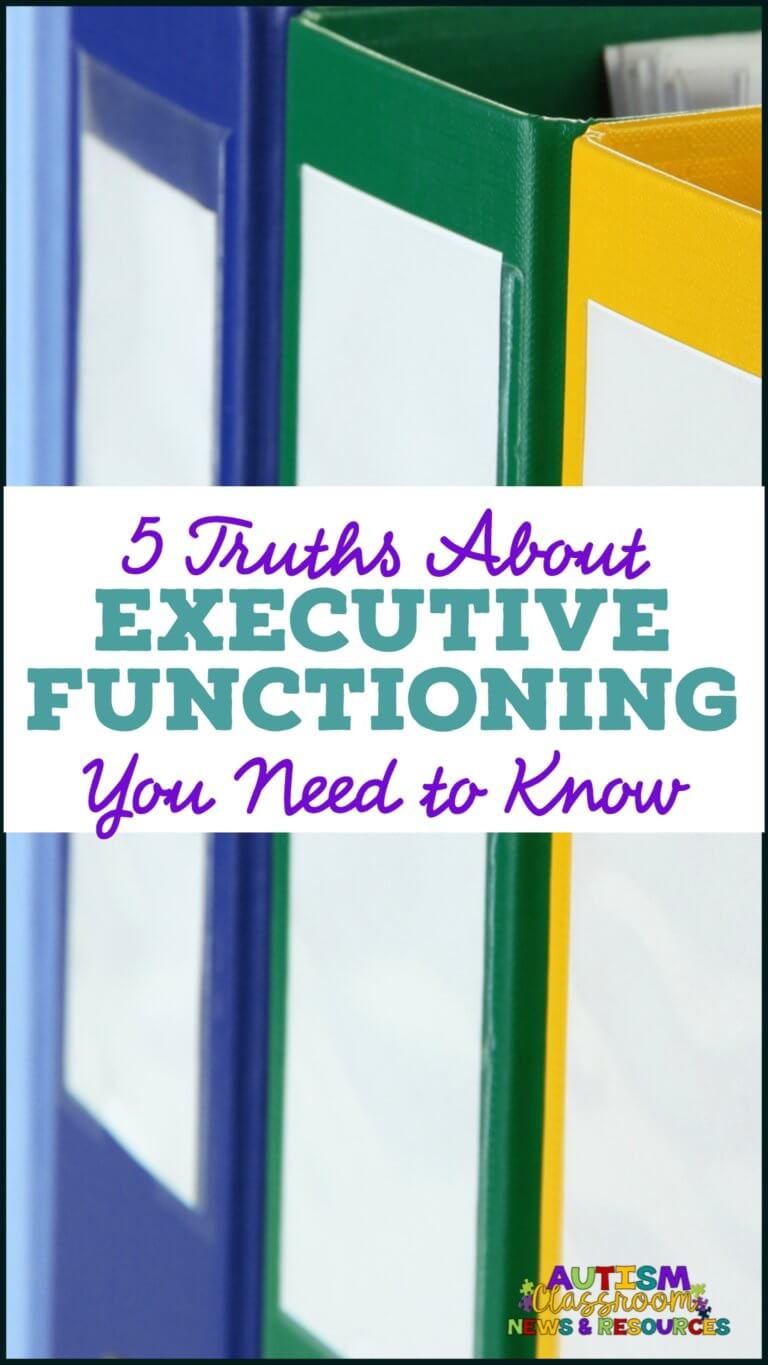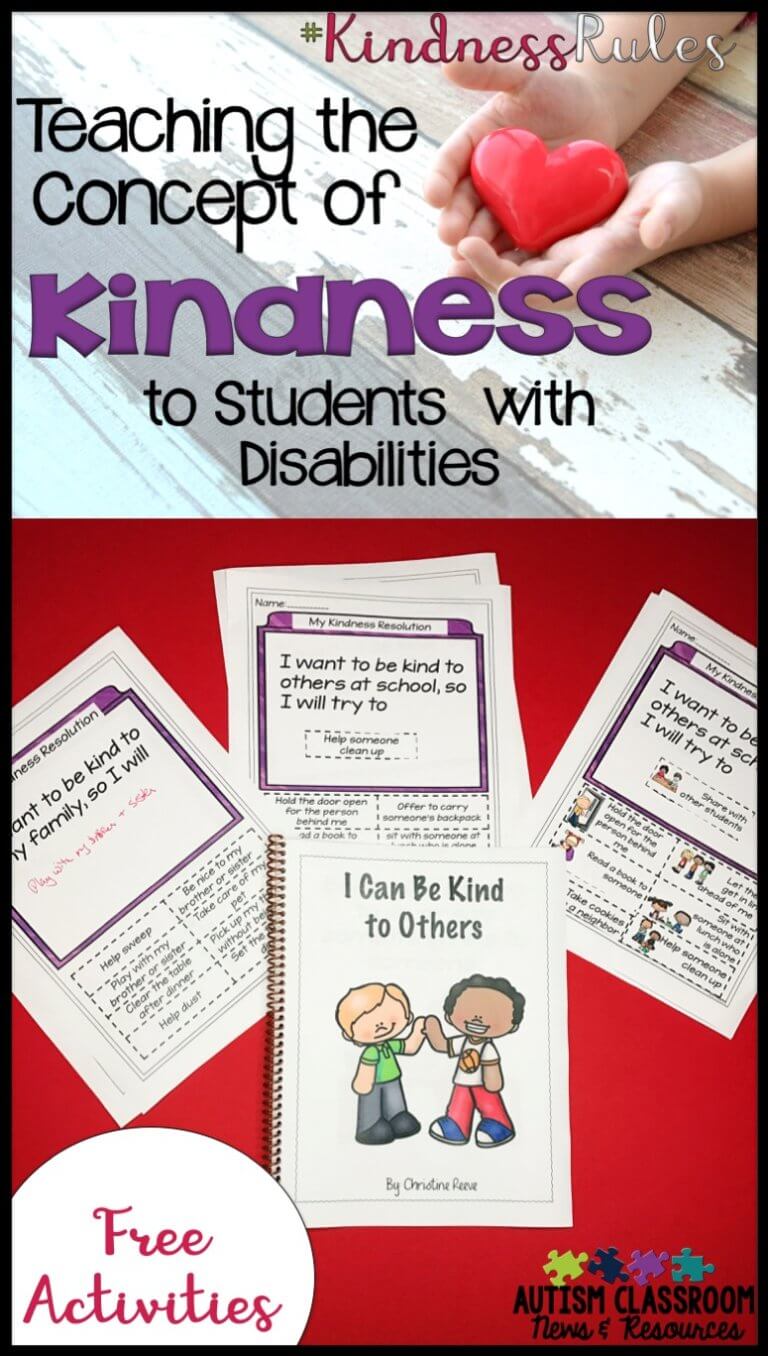Not only does not knowing the hidden curriculum create situations of embarrassment for individuals on the spectrum, it can have serious consequences in the community. Students who don’t understand the unspoken rules are more likely to have negative interactions with law enforcement. They are more likely to be exploited and they are more likely to be victimized.
In my last post I talked about how the hidden curriculum impacts students in the classroom and at school. There are certainly more ways that impact a student’s life at school that are related to the hidden curriculum. However, school is a protected environment where students are most often supervised and the adults understand, to varying degrees, the disabilities that a student may have. However, for our students with autism we need to always be thinking about how what we are teaching prepares them for life outside our classroom.
To help understand why this type of education (that is not in the state standards) is so critical for our students on the spectrum, I want to touch on 1 of the many areas in which lack of understanding of the hidden curriculum can have serious, often devastating consequences for our students.
Individuals on the spectrum are more likely to be bullied, victimized or preyed upon and abused than individuals without disabilities. Many times they find themselves in these situations because they aren’t “good judges of character.” This is really another way of saying they don’t know how to be savvy in looking for the signs about who would make a good friend. They don’t understand that when you do something a “friend” tells you do and everyone laughs, that doesn’t necessarily mean people are laughing WITH YOU….they are likely laughing at you. Knowing the difference is part of reading the unwritten rules. They also don’t know how to avoid behaviors that put them at risk in the community with those they don’t know. Consequently their behavior is more than just awkward–it makes them susceptible to others who will prey on them.
The Restroom Hidden Curriculum
[Tweet “Most of our students were taught to use the restroom by women; most of our students on the spectrum are boys. “]
One of the best examples of this situation that is most frightening to me involves how we teach our students to use the public restroom. Most of our students were taught to use the restroom by women; most of our students on the spectrum are boys. Women’s restrooms and men’s restrooms have very different expectations for behavior. One good example is to think about whether you have taught your students how to use a urinal and the expectations of behavior at the urinal. Chances are this is not part of what we taught because it’s not an issue for women. Talking to an unfamiliar man in the restroom, as well as a myriad of other nonverbal behaviors in the restroom, become a red flag for predators. Simple things like where you stand at the urinals, not pulling pants down all the way to the floor, and whether or not to look at someone else in the restroom are all behaviors that can get our students in trouble. Think about it, we spent so much time teaching kids to look at people in their environment, to greet them appropriately, etc. and now those behaviors are the exact ones that are going to get them in trouble. This isn’t just about being socially awkward–this is dangerous. I could go into this issue forever, and certainly restrooms aren’t the only community place that are problematic, but I think this makes the point pretty dramatically if you stop and think about it. To help address it, you can find more information about the social expectations and specific hidden curriculum items to teach in the bathroom in this handout by Willey, Shore, and Debbaudt (2010). In addition, I’ll be talking later in this series about ways we can teach both the hidden curriculum items as well as ways we can teach students to start to pick up on the hidden curriculum independently.
In the meantime, keep watching social media for a hidden curriculum of the day, like this one Instagram.
I’ll be back next time to talk about how the knowing the hidden curriculum may keep our students out of jail.
Until next time,








